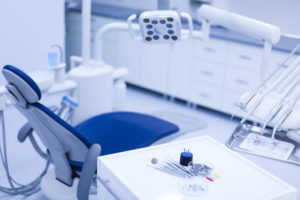Crowns, Veneers, and Better Teeth Today

 Did you know that a quarter of adults don’t brush twice a day, including one out of three men? This might not surprise some of you, but it goes some way toward providing an explanation for the high demand of crowns, caps, and veneers in dentistry. In the absence of proper oral hygiene habits, many problems can occur. Sometimes the problems are simply cosmetic, but in many cases, improper brushing can result in oral health conditions.
Did you know that a quarter of adults don’t brush twice a day, including one out of three men? This might not surprise some of you, but it goes some way toward providing an explanation for the high demand of crowns, caps, and veneers in dentistry. In the absence of proper oral hygiene habits, many problems can occur. Sometimes the problems are simply cosmetic, but in many cases, improper brushing can result in oral health conditions.
Veneers Vs. Crowns: What’s the difference?
A veneer is a porcelain cover for the front of a tooth. They are typically used as a cosmetic cover for discolored teeth, giving off a shiny white appearance. Only about one millimeter thick, a veneer requires little crown reduction (only between 3% and 30%), making the process quicker and less invasive.
A crown is a cap that almost always covers the entire tooth. Crowns are used to protect a broken or decayed tooth, allowing you to eat normally while the tooth recovers underneath. Unfortunately, due to the important function they perform, full crowns are generally two or more times the thickness of a veneer. Likewise, the natural crown of your tooth might need to be reduced by up to 76% in size.
How They Help
Dentists will recommend one of these two solutions in certain circumstances. If you’ve ever been in to get a cavity filled, it’s likely your dentist was installing a crown. If you were to continue eating, drinking, and generally using your teeth while afflicted with a cavity, you would see further tooth decay, potential infection, and eventual agonizing tooth pain. A crown can put a temporary stop to these dangers.
A veneer is a lightweight solution to somewhat similar issues. If you’re facing discoloration from inconsistent oral hygiene but haven’t suffered a cavity yet, a veneer can both brighten up your smile and protect your tooth from further harm. The main drawback is that this option tends to work best on the front teeth.
Your dentist will walk you through your options for everything from discoloration to cavities, ensuring along the way that you remain informed and prepared for any dental issues you may face.

